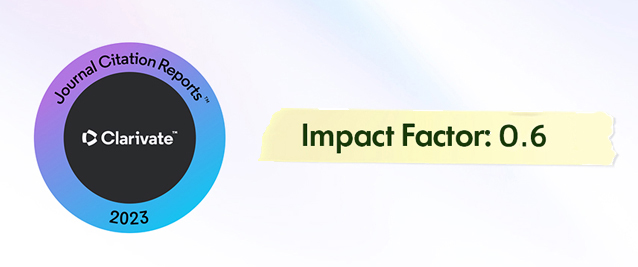Abstract
Rapid, simple, and accurate detection is important to slow down the spread of epidemics in the era of the pandemic. COVID-19 has been the biggest epidemic of the current century and continues. Therefore, it is extremely important to develop methods that allow the detection of COVID-19 by eliminating the disadvantages of the existing methods. The aim of this study is to perform rapid and reliable detection of COVID-19 using Raman spectroscopy and machine learning techniques. Here, Raman spectra of serum samples collected from COVID-19 patients, suspected cases, and healthy controls were utilized. Machine learning techniques were employed due to the absence of significant discernible variations between the Raman spectra of the three groups with the naked eye. Therefore, principal component analysis (PCA) was utilized to reveal discriminative features of the classes. Support vector machine (SVM), k-nearest neighbors (KNN), and decision tree (DT) classification models were utilized by using extracted features with PCA. SVM and KNN provide high accuracy ± standard deviation values of 86.5±0.7% and 87.3±0.6% respectively. Sensitivity (recall), precision, and area under the curve (AUC) which are important performance evaluation metrics were also calculated for comparison. Results show that Raman spectra combined with machine learning presents a promising tool for the accurate detection of COVID-19 in clinical use.














